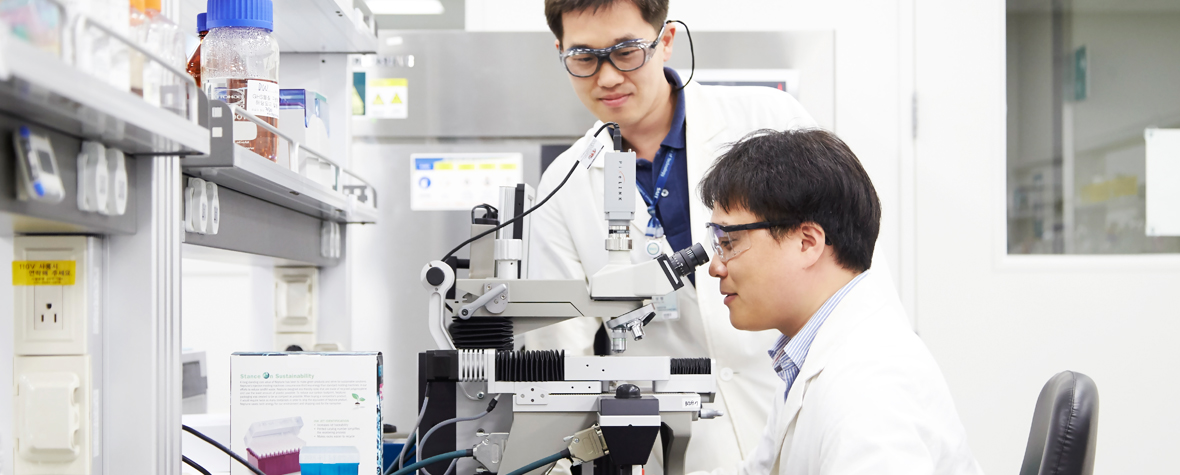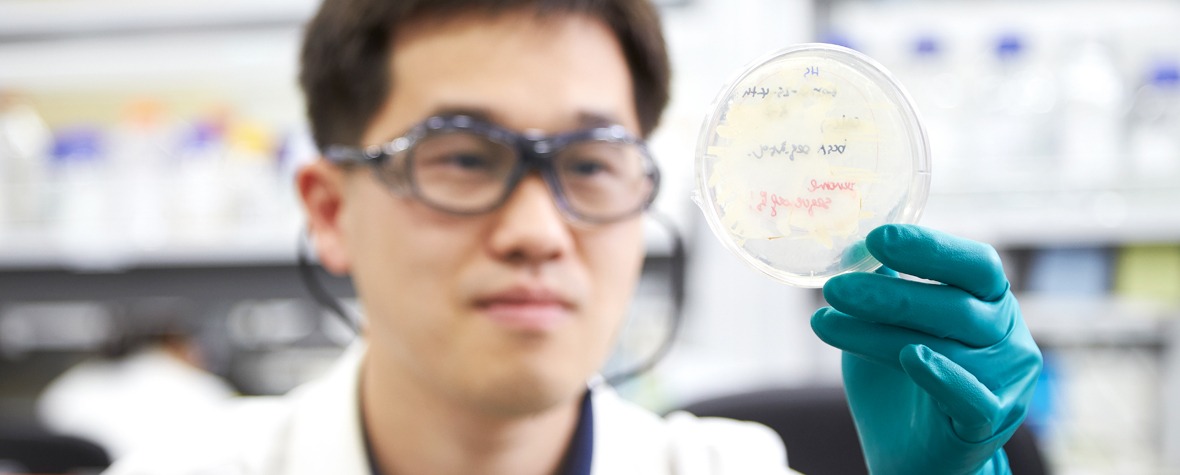
Greenhouse gases (GHGs), e.g., carbon dioxide CO2, nitrous oxide N2O, methane CH4, and fluorinated gases emitted in massive quantities during industrial production. This caused temperature increase and climate change which is known as global warming. Korea has started to implement the greenhouse gas emissions trading scheme in 2015 under the Paris Agreement. The industry sector needs to minimize GHG emission to meet the legal regulation and the goals of the Paris Agreement.
Synthetic organic polymers like plastic also become a threat to global ecology due to their natural resistance to degradation and accumulation in the environment. Compared with synthetic polymers, bio-based polymers derived from biomass and microorganisms produce less carbon dioxide and less hazardous waste. Development of technologies on bio-based materials will open up new avenues for a sustainable future.

The recent trend in the field of hazardous wastes is mainly focused on finding microbes that can serve as a source of bio-catalysts. Bacteria experience myriad environments over their evolutionary history, allowing their survival under such conditions. Accordingly, microbes have evolved unique strategies by attuning their systems to maximize resource utilization and minimize damage to cellular infrastructure. These are great resources for finding new microbial strains capable of performing biocatalysis reaction required. Development of new biocatalysts by screening and optimization of bacteria will provide an efficient and environmental-friendly alternative to traditional chemical catalysis.

SAIT possesses the human capital and facilities to conduct genome engineering from modification at the genome level to structural improvement of individual enzymes. In particular, SAIT is capable of designing optimal metabolic pathways to improve the production of desired traits using “-omics” analysis. The Biomaterials Lab at SAIT is actively working to develop technologies for the solutions of environmental pollution and the discovery of eco-friendly biomaterials.